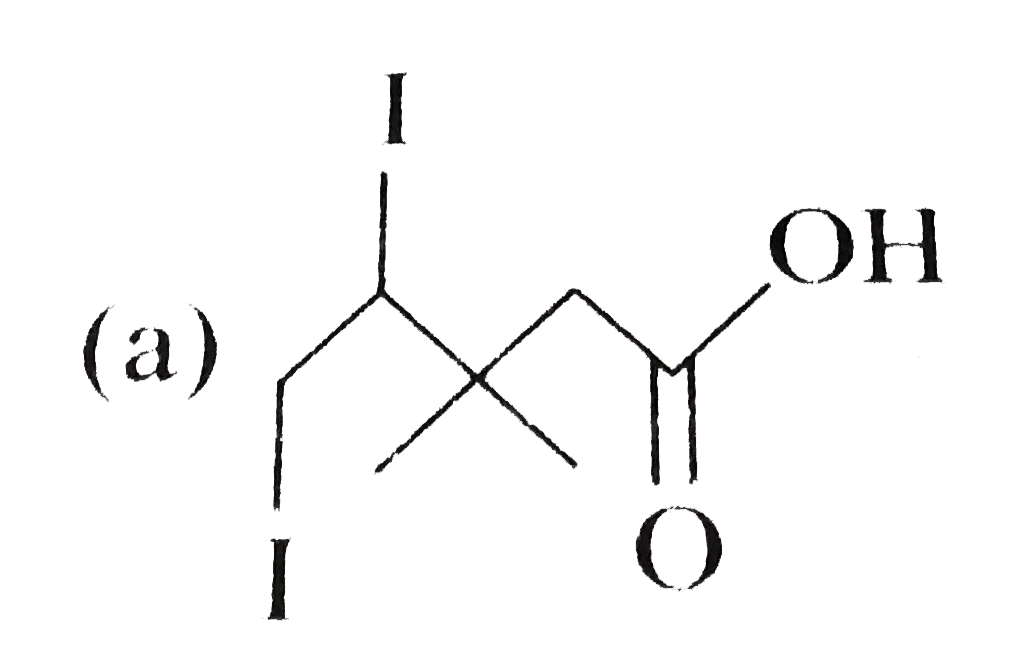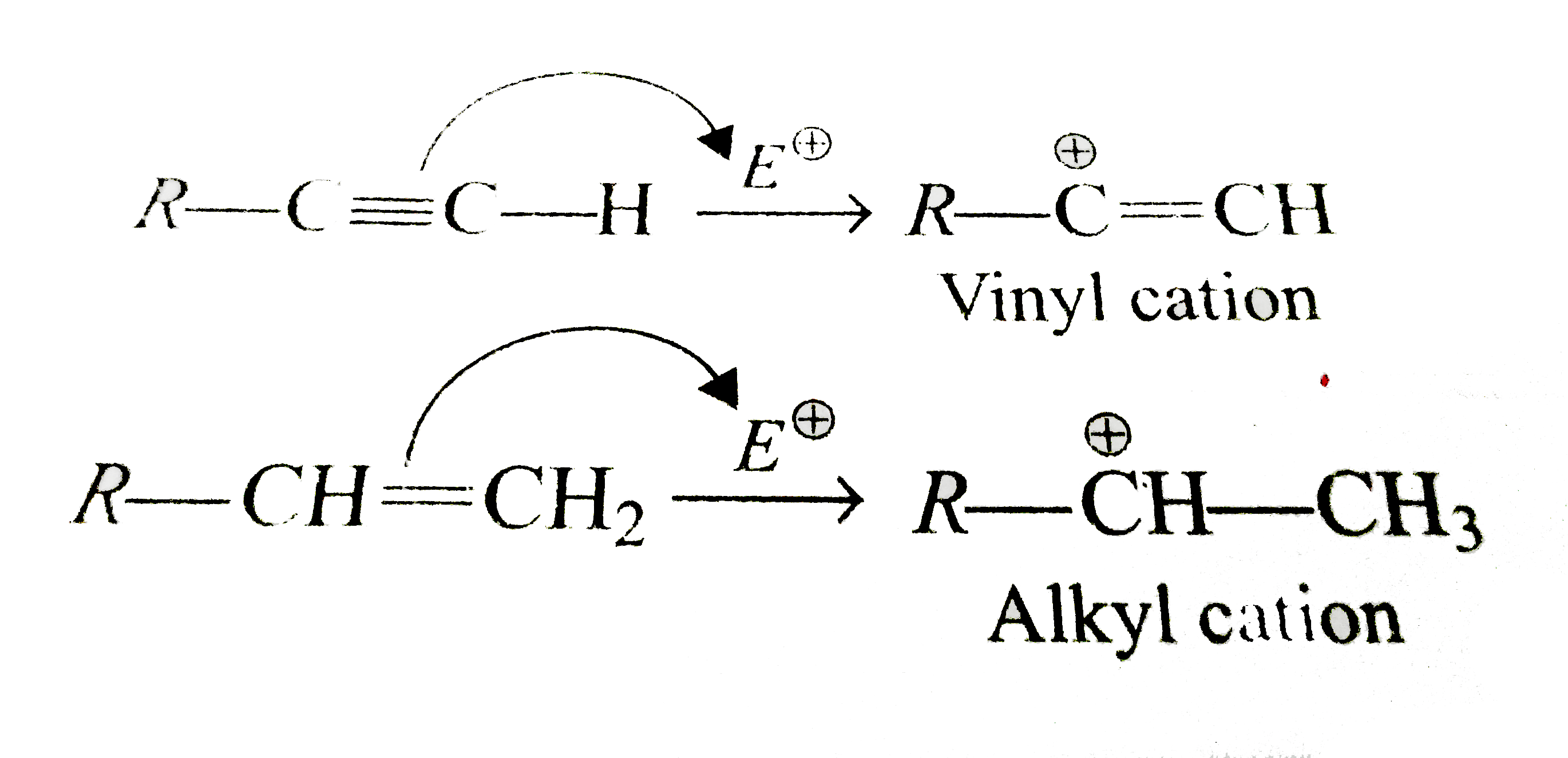ACDF : MOPR : : TVWY : ?
LNPR
PRSU
STVW
RUWZ
The correct Answer is:B
A+2−−→C+1−−→D+2−−→F
M+2−−→O+1−−→P+2−−→R
T+2−−→V+1−−→W+2−−→Y
Similarly,
P+2−−→R+1−−→S+2U
Topper's Solved these Questions
- ANALOGY OR SIMILARITY BOOK - KIRAN PUBLICATIONCHAPTER - ANALOGY OR SIMILARITY EXERCISE - TYPE-V
37 Videos
- ANALOGY OR SIMILARITY BOOK - KIRAN PUBLICATIONCHAPTER - ANALOGY OR SIMILARITY EXERCISE - TYPE-IV
198 Videos
- ARRANGEMENT OF WORDS IN LOGICAL ORDER BOOK - KIRAN PUBLICATIONCHAPTER - ARRANGEMENT OF WORDS IN LOGICAL ORDER EXERCISE - TYPE II
199 Videos
Similar Questions
Knowledge Check
In each of the following questions, select the related words/letters/numbers from the given alternatives.
KMNP : ACDF : : PRSU : ?ASTVWBTVWYCVXYZDLNPRKMNP : ACDF : : PRSU :?
ASTVWBTVWYCVXYZDLNPRAlkene and alkyne both undergo electrophilic additon beacuise of π electron density, they behave as elctron rich species, alknens are more reactive toward this reaction because the intermiediate formed when anE⊕ adds to an alkyne is a vinylic cation wheras sthe intermediate formed when an E⊕ adds to akene is alkyl cation, which is mopre stable.
 In the reaction:
In the reaction:
 A
A B
B C
C D
D
Find currents in different branches of th electric circuit shown in figure.
 How to Proceed : In this problem there are three wires EFAB,BE and BCDE. Therefore, we have three unknown currents i1,i2 and i3. So, we require three equations. One equation will be obtained by applying Kirchhoff's junction law (either at B or at E) and the remainig two equations, we get from te second law (loop law). We can make three loops ABEFA,ACDF and BCDEB. But we have to chose any two of them. Initilly, we can choose any arbitrary directions of i1,i2 and i3.
How to Proceed : In this problem there are three wires EFAB,BE and BCDE. Therefore, we have three unknown currents i1,i2 and i3. So, we require three equations. One equation will be obtained by applying Kirchhoff's junction law (either at B or at E) and the remainig two equations, we get from te second law (loop law). We can make three loops ABEFA,ACDF and BCDEB. But we have to chose any two of them. Initilly, we can choose any arbitrary directions of i1,i2 and i3.
View Solution(a) How would you test fopr an alcohol ?
(b) Give the harmful effects of drinking alcohol .
(c ) Explain why, methanol is much more dangerous to drink than ethanol .
View SolutionAlkene and alkyne both undergo electrophilic additon beacuise of π electron density, they behave as elctron rich species, alknens are more reactive toward this reaction because the intermiediate formed when anE⊕ adds to an alkyne is a vinylic cation wheras sthe intermediate formed when an E⊕ adds to akene is alkyl cation, which is mopre stable.


View SolutionAlkene and alkyne both undergo electrophilic additon beacuise of π electron density, they behave as elctron rich species, alknens are more reactive toward this reaction because the intermiediate formed when anE⊕ adds to an alkyne is a vinylic cation wheras sthe intermediate formed when an E⊕ adds to akene is alkyl cation, which is mopre stable.


View Solution


